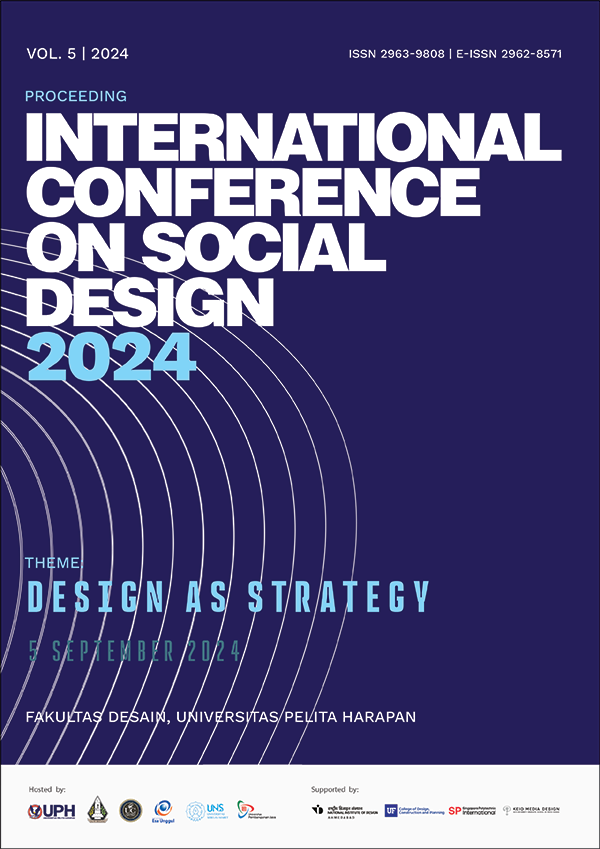Assessing the Physical Aspect of Smart Environment Implementation in Phase II of BSD City
Abstract
As one of the countries with the largest population in the world, urban issues in Indonesia are linearly proportional to the needs of fulfilling the lives of its people so that the problems are quite complex and in solving them requires the role of various parties, such as experts, the government, builders and managers. the city, to the community itself. In urban problems, of course it is closely related to the need for a good environment to facilitate the survival of the community. Keeping up with the times and the needs of society which need to be met instantly because movement is always fast, without forgetting continuity with urban nature, demands development and management of cities that are also efficient and effective. Smart Environment is one of the dimensions in the application of the Smart City concept which can be a reference in creating a smart city environment by focusing on knowledge-based environmental protection and management efforts supported by Technology, Information and Communication (ICT). Smart Environment is a dimension of Smart City that is very close in scope to the realm of architecture. In this research, Smart Environment will be reviewed from several theories and precedents both in how the concept is applied and how to evaluate it. Meanwhile, the case study taken in this research was in BSD City Phase II as material for evaluating the implementation of Smart Environment in sub-urban areas.





1.png)
